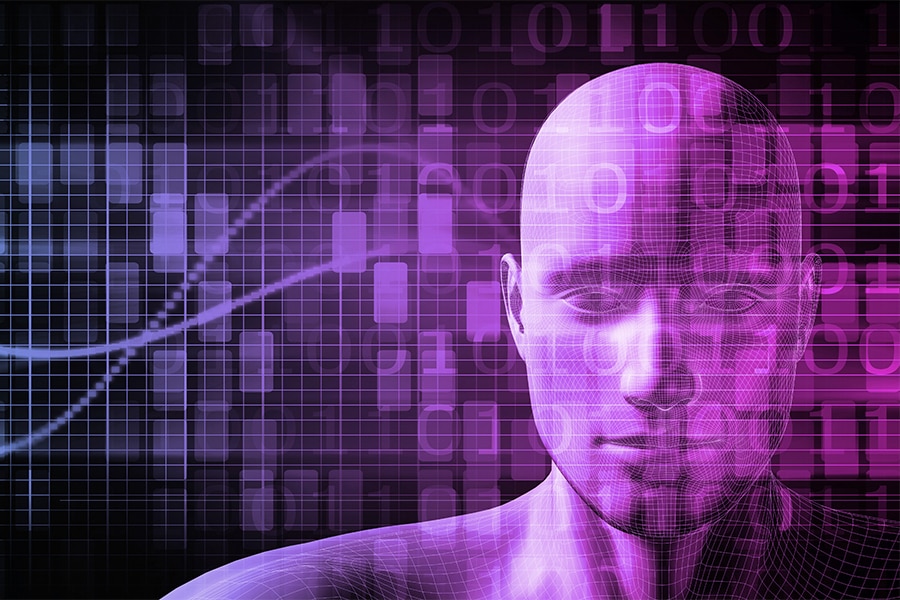
AI-A Catalyst For Business Growth In The Digital Age

From information to insights, the digital transformation has come of age. In the digital age, machines work smartly around the clock in adverse environments and take decisions without breaking a sweat. The scale and possibilities machines promise in the day to day functioning of a business are phenomenal. AI has enabled devices to one-up humans in a lot of domains. Take an AI concierge for example.
Imagine chatting up an AI-powered chatbot on your next vacation. You could converse with a bot in your native language asking for room details, food recommendation, must visit places and car reservations. Suddenly the terror of waiting in a long queue for your turn, struggling with language issues and trying to get the best recommendations just vanishes. And this is already happening—Connie, an IBM-Watson powered AI concierge for Hilton Hotels, does just that by understanding natural language and responding to guest’s queries.
We live surrounded by devices taking care of our smallest needs. AI and IoT have entirely transformed the way we have traditionally interacted with machines. In the last few years, AI has disrupted majority of industries and changed the status quo beyond recognition. The entry barriers have been blown to smithereens by the advent of modern technology.
AI has been around in rudimentary form since the past few decades. It's the proliferation of data that has given it a facelift today. Oodles of data make it possible for the systems to analyse and effectively understand all potential scenarios. Without a way to process and imbibe data, AI would have never become the powerhouse it is today.
We are doubling the amount of data being produced every year and managing that data is critical in any AI implementation. In such cases, big data comes to the rescue. Big data technologies play a central role in decoding the trends from the data, helping AI systems draw critical inferences therefrom.
The system synthesises information from multiple disparate sources, makes sense of it using NLP and apply ETL processes to store the data in a data warehouse to feed the neural network. The network’s reasoning power is a derivative of hundreds of intricately designed layers of neurons constantly interacting with one other. The neurons in one layer receive input, process it and then pass it on forward as a signal for another layer to work on. Using back-propagation, the system self-teaches itself to learn from each cycle and tweak its working going further.
The ultimate aim of any organisation planning to use AI is to build a smart self-learning system.
With the pace of change quickening, new companies from outside the industry are challenging the status quo. Incumbents need to be cognisant of these changes and take necessary steps to stay relevant.
Of all, finance and healthcare are the poster boys of AI-driven changes.
Majority of trades today are algorithmically executed at speeds that are impossible for human beings to fathom. Trends are studied and exploited by these self-learning algorithms to make fortunes for their owners. Cognitive machinery observes and tracks hundreds of micro-actions to detect frauds with accuracy impossible for any human. Industry behemoths are leveraging technology to study consumer behaviour and to offer them hyper-relevant offers, giving much better ROI on marketing spends.
AI doesn’t just make sense of data but understands it deeply as well. It recommends solutions on the basis of inputs it gathers and learns with every interaction. Watson’s sophisticated imaging capabilities, deep learning and critical inference technologies are entirely revolutionising industries such as healthcare and film-making to name a few.
Healthcare, the way we knew, has been completely revamped with the help of IoT and AI. Machines can predict with very high accuracy diseases courtesy of tomes of information which they can scan to find a matching ailment. AI is proving to be a much-needed assistant to a doctor analysing case files and suggesting possible diseases based on historical data and patient history. With the help of Watson’s image analytics capabilities, diagnosing chronic diseases and their timely treatment has become possible.
Watson can process millions of images in real-time and identify trends that would be nearly impossible for a large team of brilliant humans to spot even with enough time on hand. A cognitive study of years’ of trends and meaningful insights drawn from the image analytics are sharpening the human creativity and allowing professionals to improve their efficiency.
Such is the power of an AI-driven system which can collect and analyse large datasets for different usecases.
Companies need to adapt to and adopt the AI future. Clients require best of both the worlds regarding product quality and after-sales service. AI helps address both the issues by automating and speeding up pre-sales processes and also raising the standard of after-sales services multifold. AI has made it possible to personalise at scale.
Smart implementation of AI in any business can help expedite decision making, save costs, improve customer engagement and ultimately deliver better value to all stakeholders.
Every corporation now has multiple options of what it can do with AI—build a chatbot, automate a process, empower employees, personalise service for the client and draw insights for decision making to name a few. With the shift happening from automation to autonomy, seamless self-orchestration of ecosystems appears to be the future.
X




